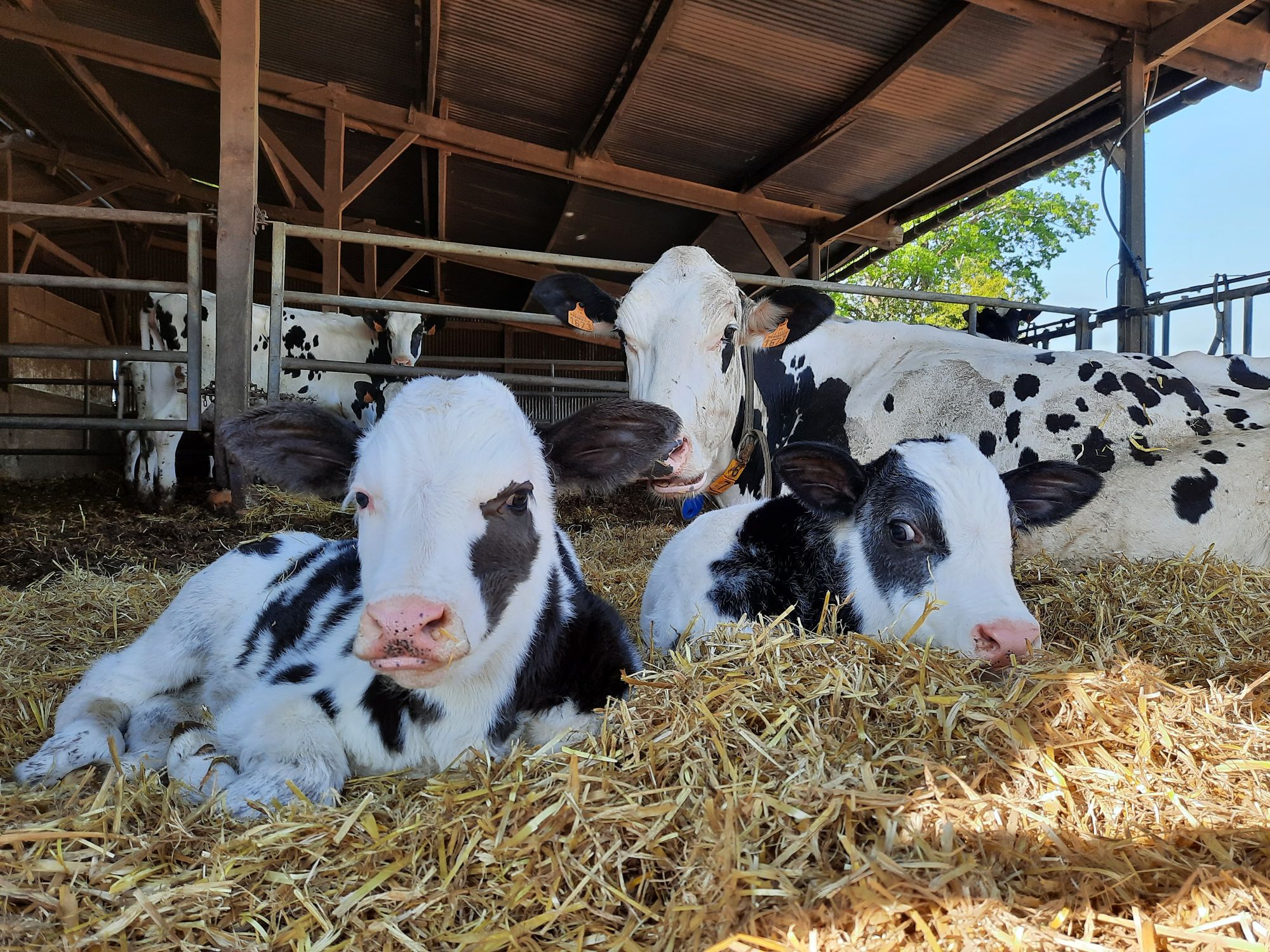EFSA Report on Welfare of Calves: Recommendations and Potential Impact on Farmers

The European Food Safety Authority (EFSA) recently released a report on the welfare of calves in the dairy industry, with recommendations for improvements in housing, nutrition and water, disease prevention and treatment and Cow-Calf Contact (CCC). The report outlines current regulations and identifies areas where changes can be made to improve the welfare of calves. In this article, we will delve into the recommendations made by EFSA and discuss the potential impact these guidelines could have on farmers and their practices.
Housing Recommendations
The report recommends that calves should be housed in groups, in facilities that allow for social interaction and the expression of natural behaviours. This includes providing adequate space for movement and exercise, as well as clean and comfortable bedding. Calves should also have access to an outdoor area for exercise and play.
Current regulations in the European Union (EU) require that calves have access to a minimum of 1.5 square meters of space, but this may not be enough for calves to exhibit natural behaviours. The EFSA recommends a minimum of 2.5 square meters of space for calves up to 8 weeks old, and 4.5 square meters for older calves.
Implementing these recommendations will require significant investment and changes in housing structure, though it is expected to have a positive impact on calf welfare, as well as potentially reducing the incidence of diseases associated with overcrowding.
Nutrition and Water Recommendations
EFSA recommends that calves receive adequate nutrition and water, with a particular focus on meeting their fibre and iron requirements. Calves should have access to roughage such as hay, which is high in iron and promotes rumination. Additionally, the report recommends gradually increasing the amount of roughage provided as the calf ages.
The report also suggests avoiding the use of iron injections to correct anaemia, instead recommending dietary changes to increase bioavailable iron.
Current regulations require a minimum haemoglobin concentration of 4.5 mmol/L in calves, but the report recommends a precautionary approach to prevent haemoglobin levels from dropping below 5.3 mmol/L. The report suggests the use of long-cut roughage over ground or pelleted roughage, and avoiding the use of maize silage as starter feed due to its negative impact on rumen papillae growth.
Disease Prevention and Treatment Recommendations
Preventative measures, such as vaccination, are recommended in the report to reduce the incidence of disease in calves. In cases where disease does occur, prompt and effective treatment is necessary to prevent unnecessary suffering.
The report highlights the importance of proper management of calf diarrhoea, including prompt diagnosis and treatment, as well as reducing the risk of transmission through hygiene measures.
The report also recommends the use of pain relief for painful procedures such as castration and dehorning, and the avoidance of painful procedures where possible.
Cow-Calf Contact
In addition to the three categories discussed above, EFSA has also released recommendations on cow-calf contact (CCC) to improve the welfare of dairy calves.
Currently, the majority of dairy farms separate the dam and calf immediately after birth, which prevents the calf from experiencing the positive effects of contact with the dam. However, the benefits of CCC for the calf increase with the duration of contact, including improved vitality, weight gain, reduced prevalence of diarrhea, and development of social competence.
EFSA recommends increasing CCC duration to achieve these benefits, with a minimum of 24 hours of contact with the dam and housing with another calf thereafter. Prolonged CCC should be implemented in the future, allowing calves to have contact with the dam during the entire pre-weaning period. The second-best alternative to CCC is prolonged contact with a foster cow.
There are several data gaps in the assessment, including limited understanding of calf and cow responses to separation and lack of research on practical strategies for CCC systems. Further research is needed to better understand how to implement CCC on a larger scale and to identify best practices for foster-cow rearing.
Impact on Farmers
Implementing the recommendations outlined in the report may require significant changes in farming practices and infrastructure, particularly in regards to housing and nutrition. This may represent a considerable investment for farmers. Therefore, appropriate guidance and support will be required from EU authorities, as well as adequate time for transition. However, the improved welfare of calves is expected to have positive impacts on their health and growth, potentially reducing the incidence of disease and improving productivity. The benefits of implementing the recommendations may include reducing the need for antibiotics and improving the quality of meat and milk produced.
It is also important to note that the recommendations apply only to the dairy industry, and further research is needed to assess the welfare of calves in other sectors such as beef and veal production.
The report may also influence future regulations in the EU and beyond, as policymakers consider the recommendations made by the EFSA. While some farmers may face challenges in implementing the recommendations, the potential benefits to calf welfare and productivity could make it a worthwhile endeavor. However, it is important to note that implementing these recommendations will likely require significant investments and changes in farming practices and infrastructure. This could have an impact on the cost of production, potentially raising the price of the final product for consumers.
It remains to be seen if consumers would be willing to pay a higher price for products produced with the higher welfare standards outlined by EFSA. A likely scenario might be an increase in cheaper imports from countries with lower welfare standards, which could have a very negative impact on EU livestock producers and food security. Appropriate guidance and support from EU authorities, adequate time for transition, and an impact assessment will be required to ensure both smooth and successful implementation of these recommendations as well as their economic viability.

